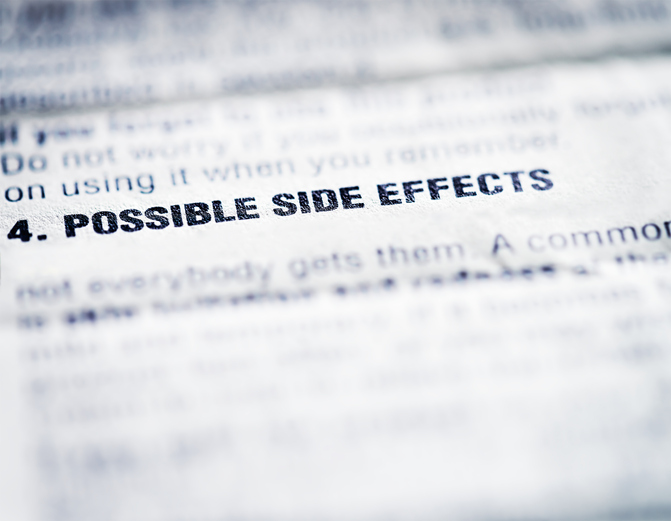Pain
Late Effects of Cancer Treatments

The challenges of cancer do not always end when treatment ends. Cancer survivors may experience side effects from chemotherapy and radiation well after treatments are completed. These are known as late effects. They can occur shortly after treatments end or can appear years later.
Examples of late effects from cancer treatments include the following:
- Chemotherapy
Heart or lung damage, chemotherapy-induced peripheral neuropathy, infertility, osteoporosis, or increased risk of other forms of cancer - Radiation
Heart or lung damage, intestinal problems, infertility, lymphedema, hypothyroidism, osteoporosis, radiation-induced peripheral neuropathy, or increased risk of other forms of cancer - Hormone therapy
Blood clots, sexual side effects, hot flashes, osteoporosis, or increased risk of other forms of cancer - Surgery
Lymphedema
For survivors of childhood cancer, there may be late effects on growth and development, including both physical effects and cognitive impairments.
Because late effects can occur, cancer survivors often have follow-up appointments for months or years after treatment ends. If new symptoms develop after cancer treatment has ended, they should be discussed with an oncologist or primary care physician. Medical professionals can help identify and address late effects as they occur.
While not all cancer survivors will experience late effects, it is important to be aware of the possibility.










